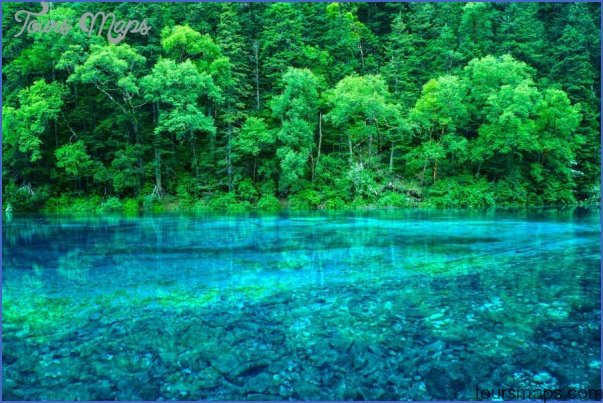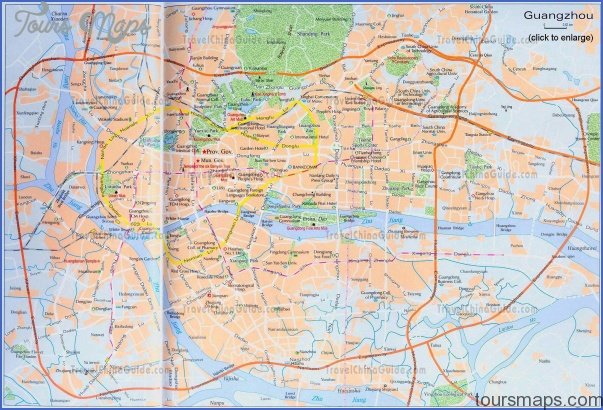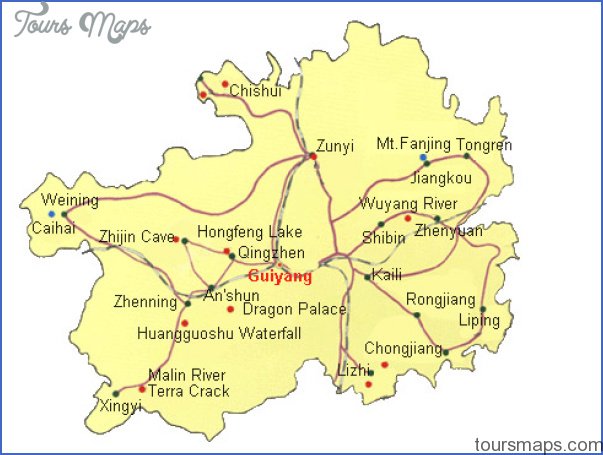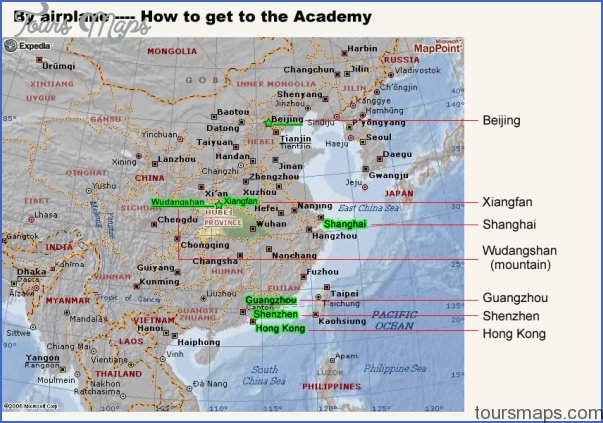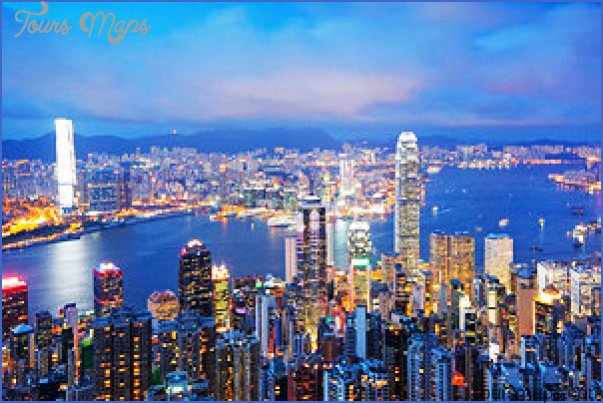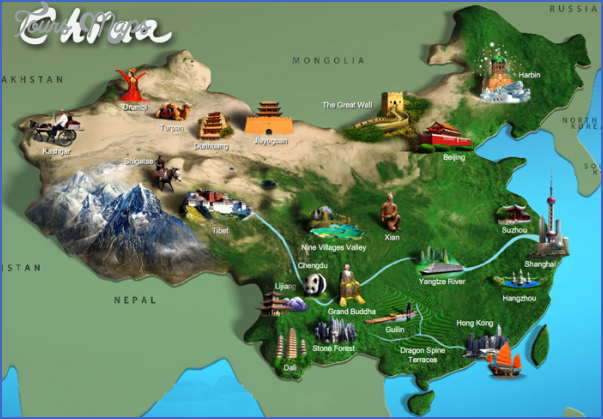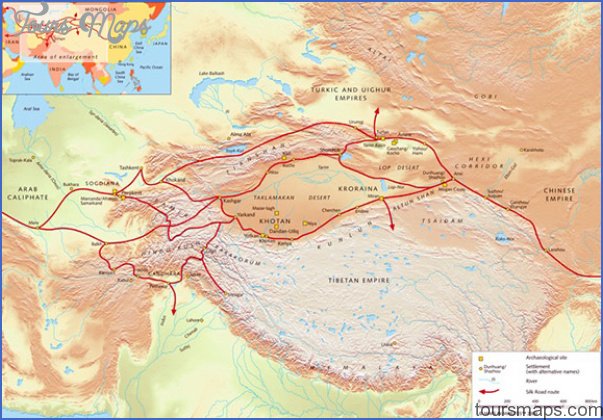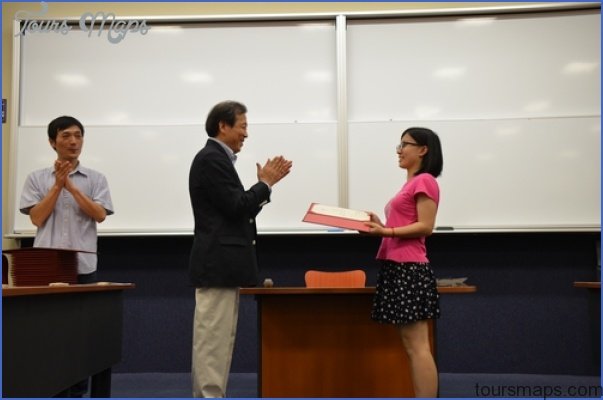Category: China
While China divides into two in a topographical sense, the same is true in hydrographical terms. From the cold, dry central highlands with irregular internal drainage in the west, …
The Provincial Museum to the south of the Spring with the Vertical Jet possesses a natural history and historical section. On display are bronzes and cut stones from the …
Language the other national minorities. These can be divided into four language families: Tibetan, Hani, Tujia and Yi languages belong to the Tibeto-Burman group, Mongolian, Kazakh and Uigur to …
I drink, time flies. I do not notice it. The falling blossoms collect on my cloak. I stagger about by the stream in the moonlight. The birds fly home, …
Area: 170,OOOsq.km/65,600sq. miles Population: 33,150,000. Capital: Guiyang Guizhou province lies in south-west China, between 103°37′ and 109°32’E and 24°37′ and 29°13’N. Many national minorities (Dong, Hui, Yao, Zhuang) live …
Province: Hebei. Area: 18sq.km/7sq. miles Population: 250,000 (conurbation 310,000) Xiangfan lies along middle reaches ofthe Hanjiang river, a majortributary of the Changjiang, in the north ofthe central Chinese province …
One of Hong Kong’s oldest buildings is the luxurious Hotel Mandarin, located next to the Prince’s Building, which is famous for its ceramic relief decorations and excellent range of …
In 1993 China’s population was reckoned to be 1,178,400,000, which made it the most heavily populated country in the world with a fifth of the world’s population. The same …
Caves of the Northern Wei dynasty (386-534) Dunhuang lies at 94°38’E and40°09’N in the west of Gansu province, on the famous Silk Road. There are air flights from nearby …
Mount Beigushan, 48m/157ft high and a natural fortress in a strategically favourable location, stands on the south bank of the Changjiang. It was frequently mentioned in the annals of …
